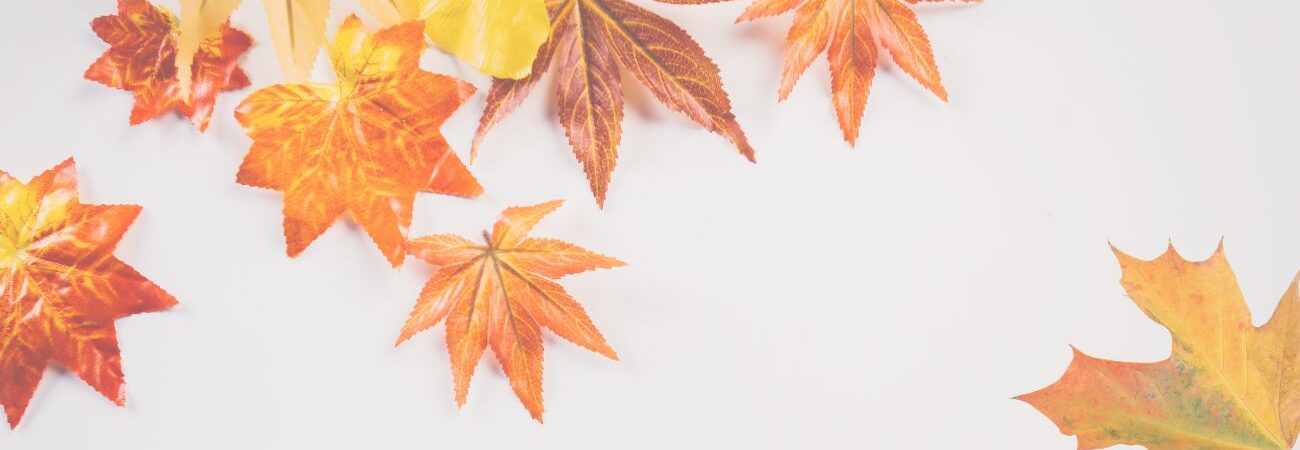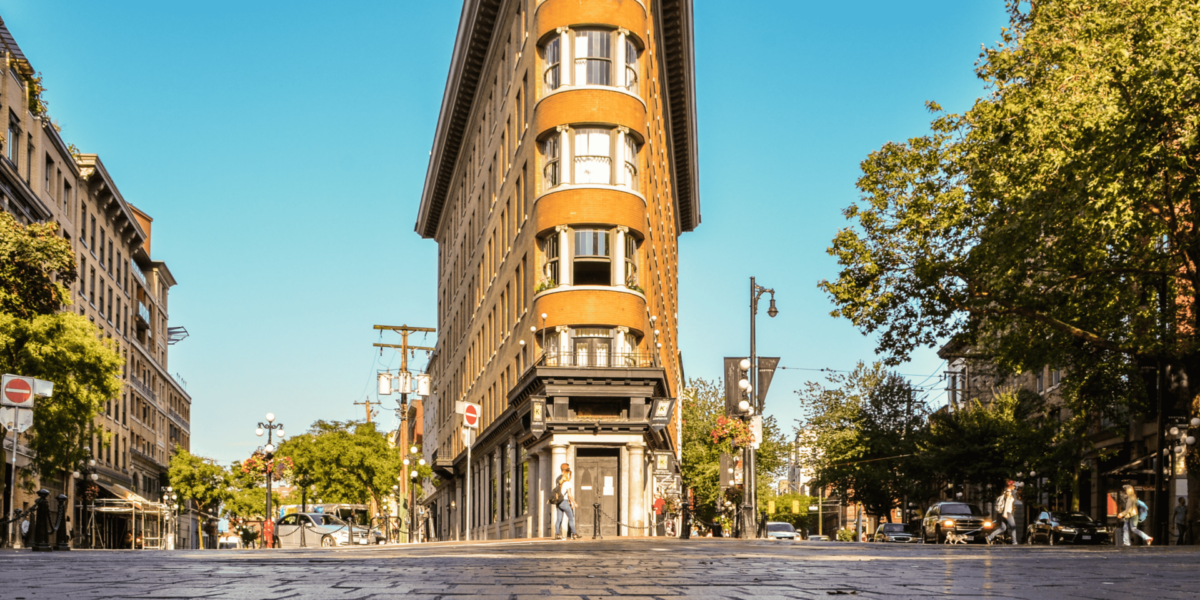Vancouver’s Side Streets Offer Authentic Urban Moments
Away from popular tourist routes, Vancouver’s hidden corners reveal scenes that define daily life. Narrow alleys, backstreets, and neighborhood intersections become the canvas for street photographers searching for natural, unfiltered stories. These locations offer a raw view of how the city lives and breathes.
Everyday Movement Creates Powerful Visuals
The rhythm of local life gives street photographers constant material. People walking, waiting, or talking form spontaneous compositions. In these unscripted moments, expressions and gestures tell stories about connection, solitude, or motion. Capturing them turns an ordinary second into a lasting image.
Scenario: A Story in a Single Step
A photographer waits outside a corner market just after school lets out. A student passes, backpack loose, face lit by the last hour of sun. The shutter clicks as the subject rounds the edge of a building. The photo captures youth, movement, and neighborhood rhythm in one quiet frame.
Light and Shadow Define Visual Character
Vancouver’s light changes throughout the day, casting long shadows and bright reflections that add texture to side streets. Early morning and late afternoon create strong contrast, while cloudy days soften the city’s features. These conditions allow photographers to shape mood and meaning through exposure and timing.
Architecture Frames the Urban Scene
The city’s older neighborhoods offer distinct architectural details. Brick walls, painted doorways, and vintage signage provide structure and color to street images. These elements act as visual anchors, giving context and grounding the subjects within a familiar but overlooked environment.
Community Interactions Build Narrative Layers
Street photography in quiet corners often captures moments of connection. A vendor greets a customer, a resident walks a dog, or two strangers pass with a nod. These details show the social fabric of the neighborhood and document how people relate to their space and each other.
Scenario: A Shared Glance in a Backstreet
Two cyclists stop at a narrow alley to check their route. As they turn to speak, they both glance up at the same moment. A photographer across the street captures the interaction. The frame freezes shared awareness, giving it presence beyond that second.
Color and Texture Tell Visual Stories
Walls with chipped paint, tiled storefronts, and weathered mailboxes add character to hidden corners. These details, while small, contribute to the mood of a photo. Street photographers use them to frame subjects and to convey the everyday beauty of urban spaces.
Vancouver’s Diversity Shapes the Street Scene
In neighborhoods like Commercial Drive or Mount Pleasant, cultural variety becomes part of the visual story. Signs in multiple languages, local traditions, and layered styles show how people express identity through space. Street photography in these areas reveals the city’s inclusive texture.
Movement and Stillness Define Street Composition
Capturing motion against still structures adds balance to a shot. A person walking past a mural, a car stopped under a sign, or a bike resting by a tree combines human and environmental elements. Photographers use this interplay to create structure and tension in their frames.
Equipment Stays Simple for Candid Work
Street photographers often choose lightweight gear to move freely and stay unnoticed. Compact cameras or mobile devices allow for spontaneous shooting. This setup keeps the focus on timing and composition rather than technical complexity, supporting more fluid creativity.
The Value of the Overlooked
Street photography in Vancouver’s hidden corners continues to grow as more artists seek meaning in everyday spaces. These overlooked locations offer a chance to document change, capture truth, and connect people through shared visuals. Each frame becomes part of the city’s evolving visual record.

